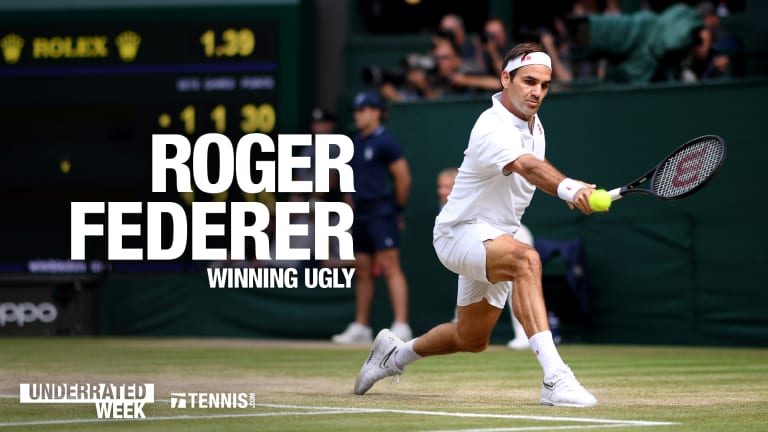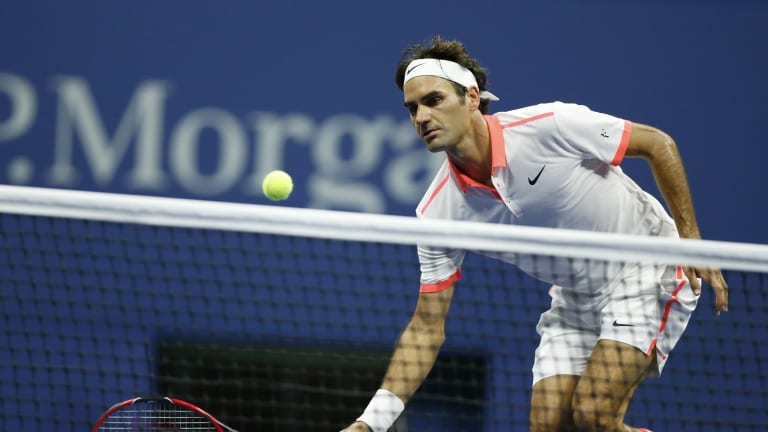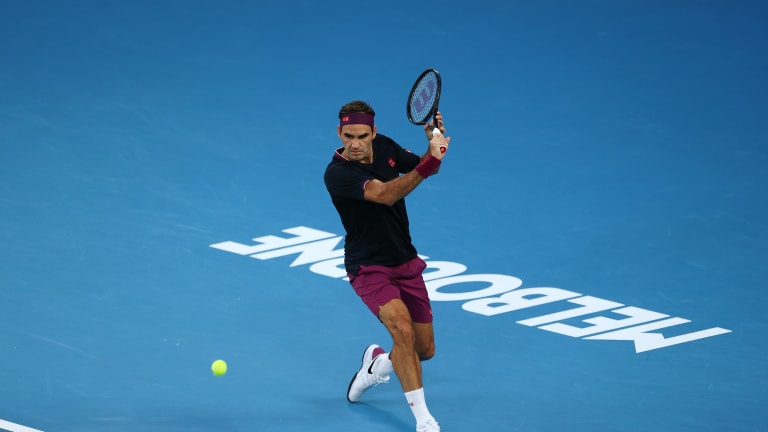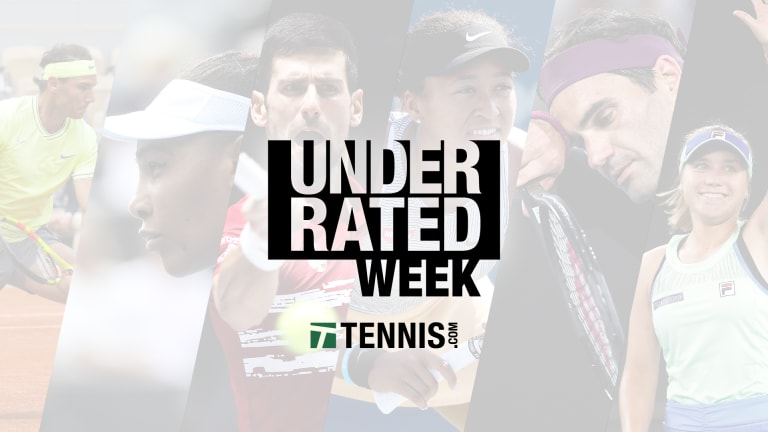Underrated Traits of the Greats: Roger Federer and winning ugly
By May 04, 2020Laver Cup
Rafael Nadal accepts Bjorn Borg's Laver Cup invitation to play for Team Europe in Berlin
By Apr 22, 2024Social
Big 3 salutes their retiring 'friend' Joao Sousa in Estoril
By Apr 07, 2024Social
Roger Federer to deliver commencement speech at Dartmouth College
By Mar 28, 2024Miami, USA
Top 5 Miami Finals, No. 1: Roger Federer d. Rafael Nadal, 2005
By Mar 27, 2024Social
Coco Gauff wants to play as the Big Three after TopSpin 2K25 unveils full player roster
By Mar 23, 2024Lifestyle
Roger Federer opens up on retirement to GQ: He doesn't miss pro tennis, but hitting a forehand is 'like riding a bike'
By Mar 15, 2024Indian Wells, USA
Top 5 Indian Wells Finals, No. 4: Dominic Thiem d. Roger Federer, 2019
By Mar 13, 2024Pop Culture
Carlos Alcaraz can’t wait to “play as myself” in upcoming TopSpin 2K25 tennis video game
By Mar 13, 2024Pop Culture
Roger Federer is California dreamin' as he takes in Golden State Warriors game, attends Oscars
By Mar 10, 2024Underrated Traits of the Greats: Roger Federer and winning ugly
The man who has elicited more swooning than any tennis player in history might best be understood via Brad Gilbert’s 1993 tactical book.
Published May 04, 2020
Advertising

Underrated Traits of the Greats: Roger Federer and winning ugly
Advertising

Underrated Traits of the Greats: Roger Federer and winning ugly
© AFP via Getty Images
Advertising

Underrated Traits of the Greats: Roger Federer and winning ugly
© Getty Images
Advertising

Underrated Traits of the Greats: Roger Federer and winning ugly